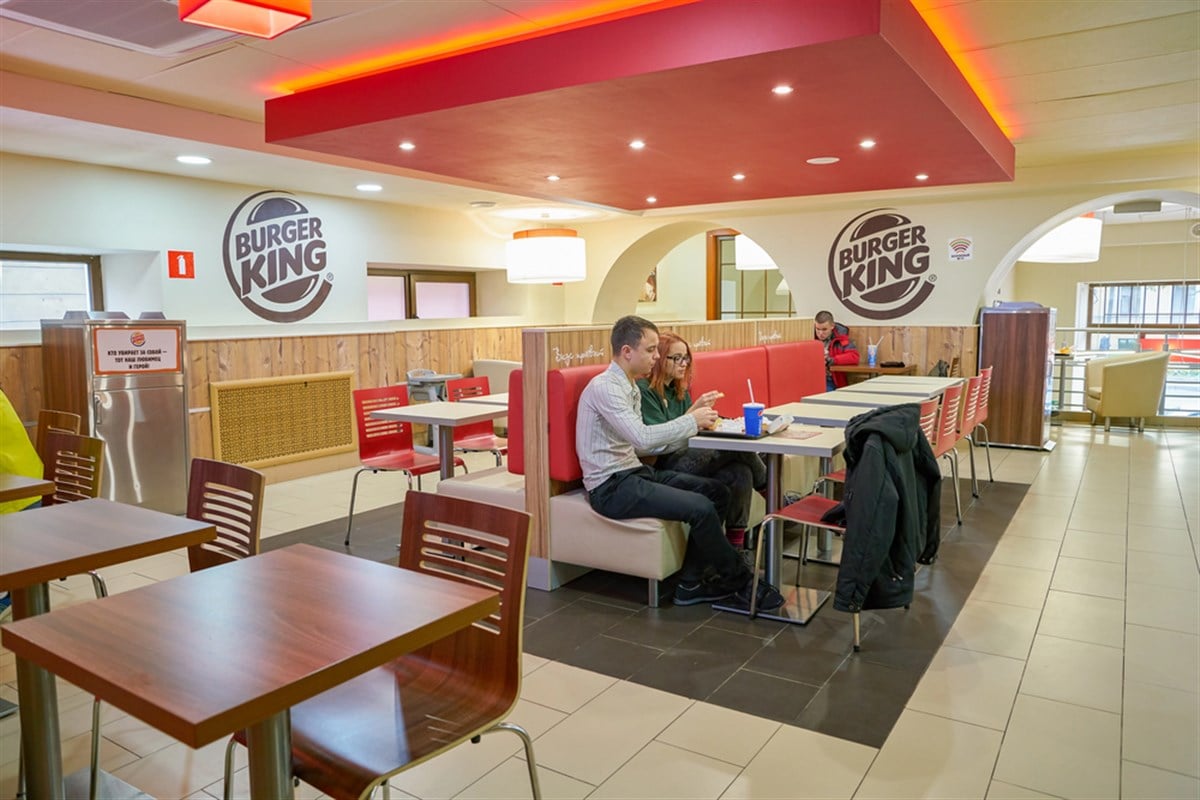
Restaurant Brands (NYSE: QSR) owns massive fast-food chains like Burger King, Popeyes, and Tim Hortons. The company has received approval for its share buyback program, under which it will be able to repurchase up to 10% or $500 million worth of its outstanding shares over the next year. Let's explore what this announcement really means and compare the company to the competition on key metrics.
Repurchases: Better to Have and Not Need Than the Other Way Around
Should the company decide to use its buyback capabilities, it would benefit shareholders. Share buybacks support the earnings-per-share (EPS) of a company by lowering the share count. This also means each share that continues to be outstanding is worth a larger percentage of the overall company.
Counterintuitively, it’s likely a better overall outcome for shareholders if the buyback program is not used. This is because the company is only likely to initiate buybacks if the share price falls significantly. The company started buying back shares in Oct. 2023, when the stock price had fallen nearly 10% in two weeks. This helped support the stock price at that time.
Since then, outstanding shares have climbed to their highest level in the past year, while the share price has been flat. More than anything, this announcement shows the firm’s willingness to step in to help prevent the stock price from dropping rapidly.
Although it might not be the flashiest thing in the world, it clearly provides benefits to shareholders. Ideally, they won't need to use it. This can be understood better by exploring the phrase, "it will be able to repurchase up to 10% or $500 million worth of its outstanding shares."
This means the company can repurchase the lesser (or equal) of these two figures, depending on its market capitalization. Based on its current market cap of $32 billion, $500 million represents 1.5% of the company’s outstanding shares. So, for the company to repurchase 10% of its shares, the market cap would have to be $5 billion.
That could only happen if shares declined by 84%, a result that obviously no shareholder wants. However, the company can still use the repurchases strategically to support the share price when it starts falling modestly, which is a much more likely outcome. It's imperative to examine the current state of Restaurant Brands outside of this announcement.
Rate Cuts Are Good News for Non-Essential Goods
There are other things to like about Restaurant Brands. The company operates in the consumer discretionary sector, where the goods sold are considered non-essential. With impending interest rate cuts, firms in the consumer discretionary sector can benefit. The CME FedWatch Tool now projects a 62% probability of the Federal Reserve dropping interest rates by 50 basis points at its Sept. 18 meeting.
Additionally, by the Dec. 18 meeting, there is nearly a two-thirds probability that rates will fall by 120 basis points or more from current levels. This drop in rates can allow people to refinance their home loans and lower their monthly payments. By doing this, they can spend less on essentials like housing and have more money to spend on non-essential goods.
One analyst is particularly bullish on the company. RBC raised its price target for Restaurant Brands a week ago to $95. The current price of around $70 implies an upside of 36%.
Comparative Analysis: Restaurant Brands Shows Favorable Signs
Compared to other restaurant stocks, the company looks encouraging in several metrics. Its forward-looking dividend yield of 3.3% is significantly above that of most other U.S. and Canadian quick-service restaurant (QSR) stocks. Its forward price-to-earnings (P/E) ratio of 19.3x is below average compared to a peer group of nine U.S. and Canadian QSR firms with market capitalizations of at least $2 billion.
Also, the company has done well in an environment where other QSR firms are struggling to grow revenues. The compound annual growth rate (CAGR) of more than 10% over the past two years exceeds the 7% average for this group. It’s also twice that of the biggest player in the space, McDonald's (NYSE: MCD), which has had a 5% revenue CAGR over the same period.
Forecasts for EPS growth over the next two years also look good at a CAGR of 14%, above the 11.5% average for these nine firms.





